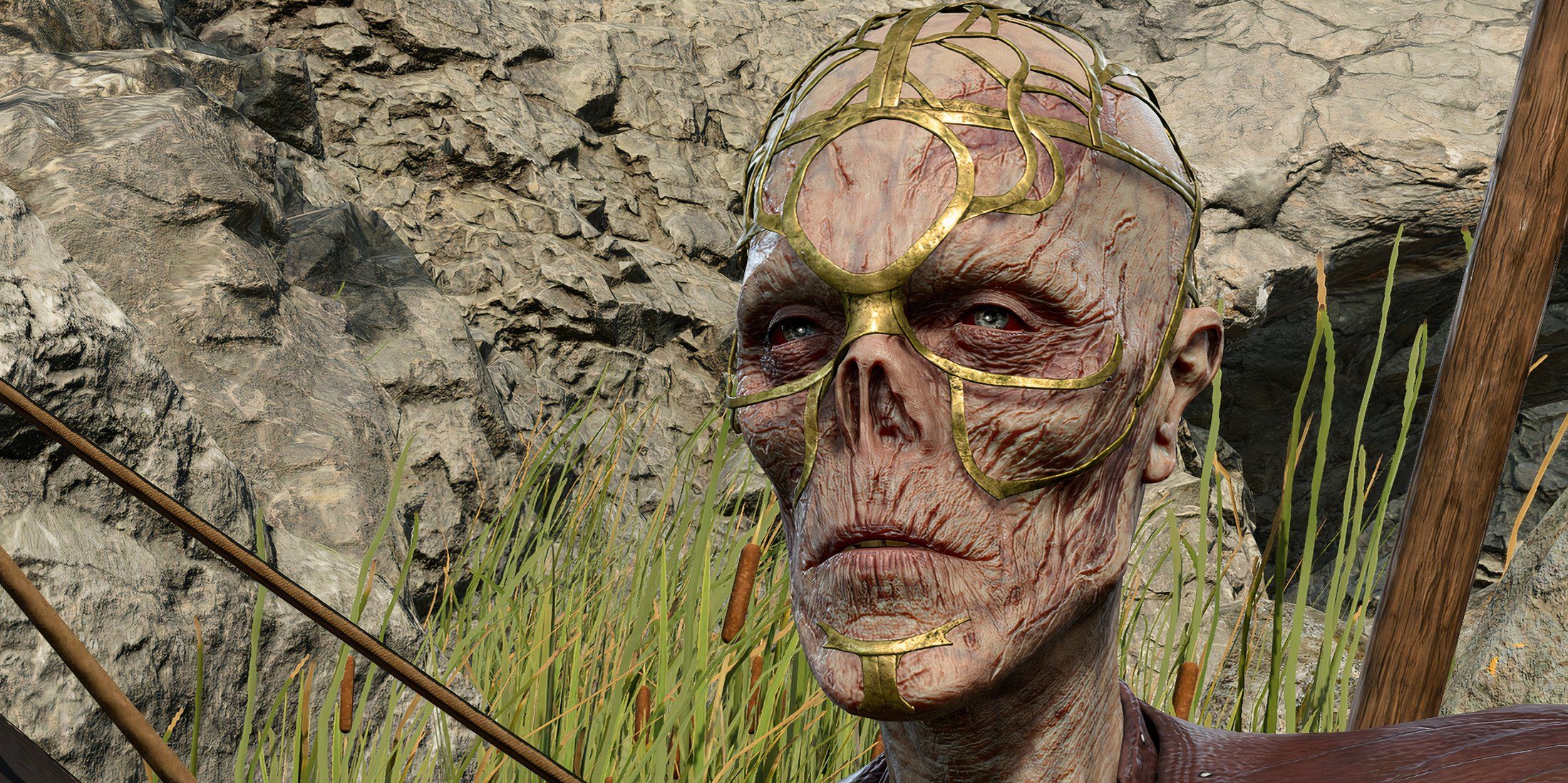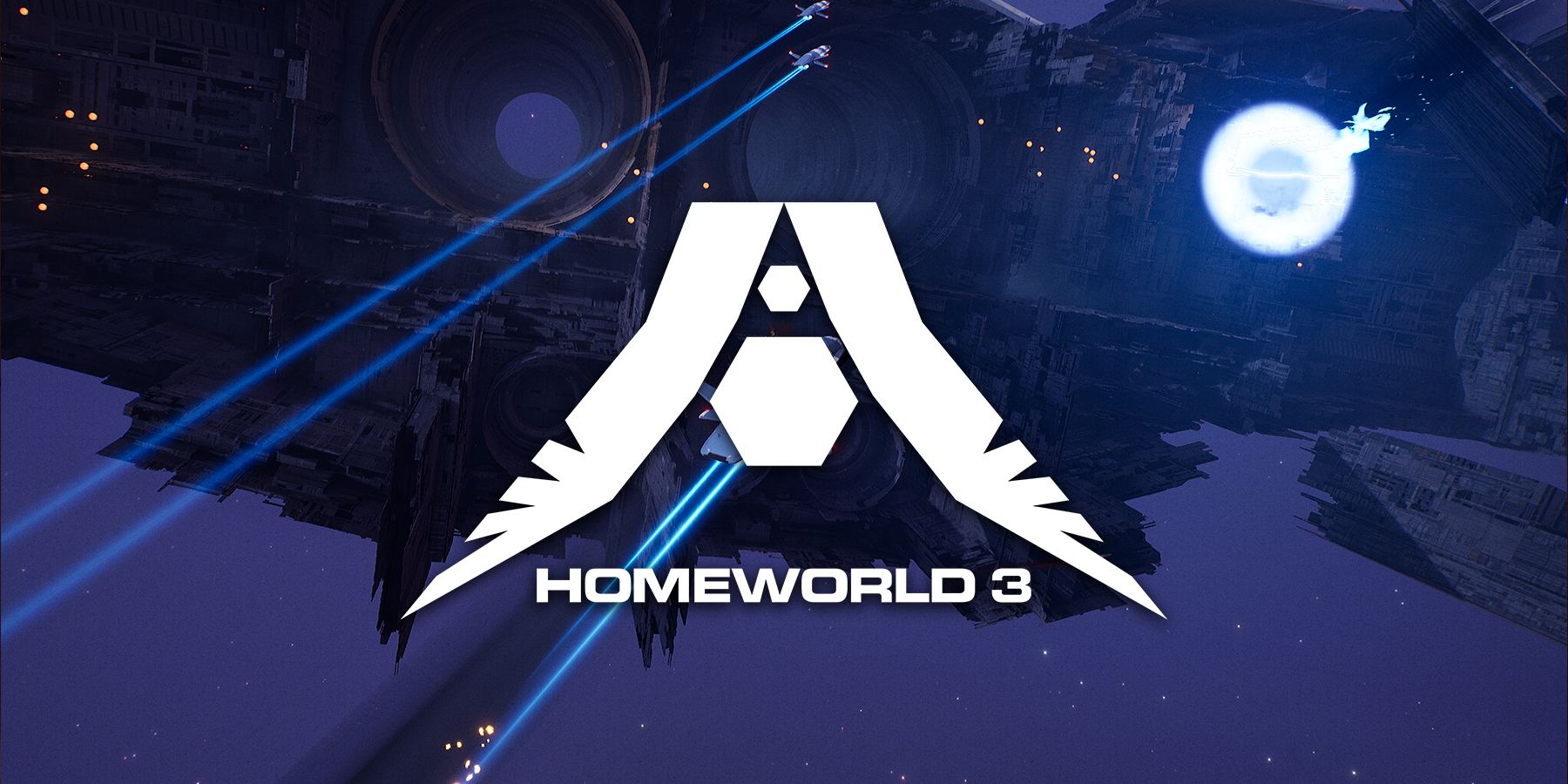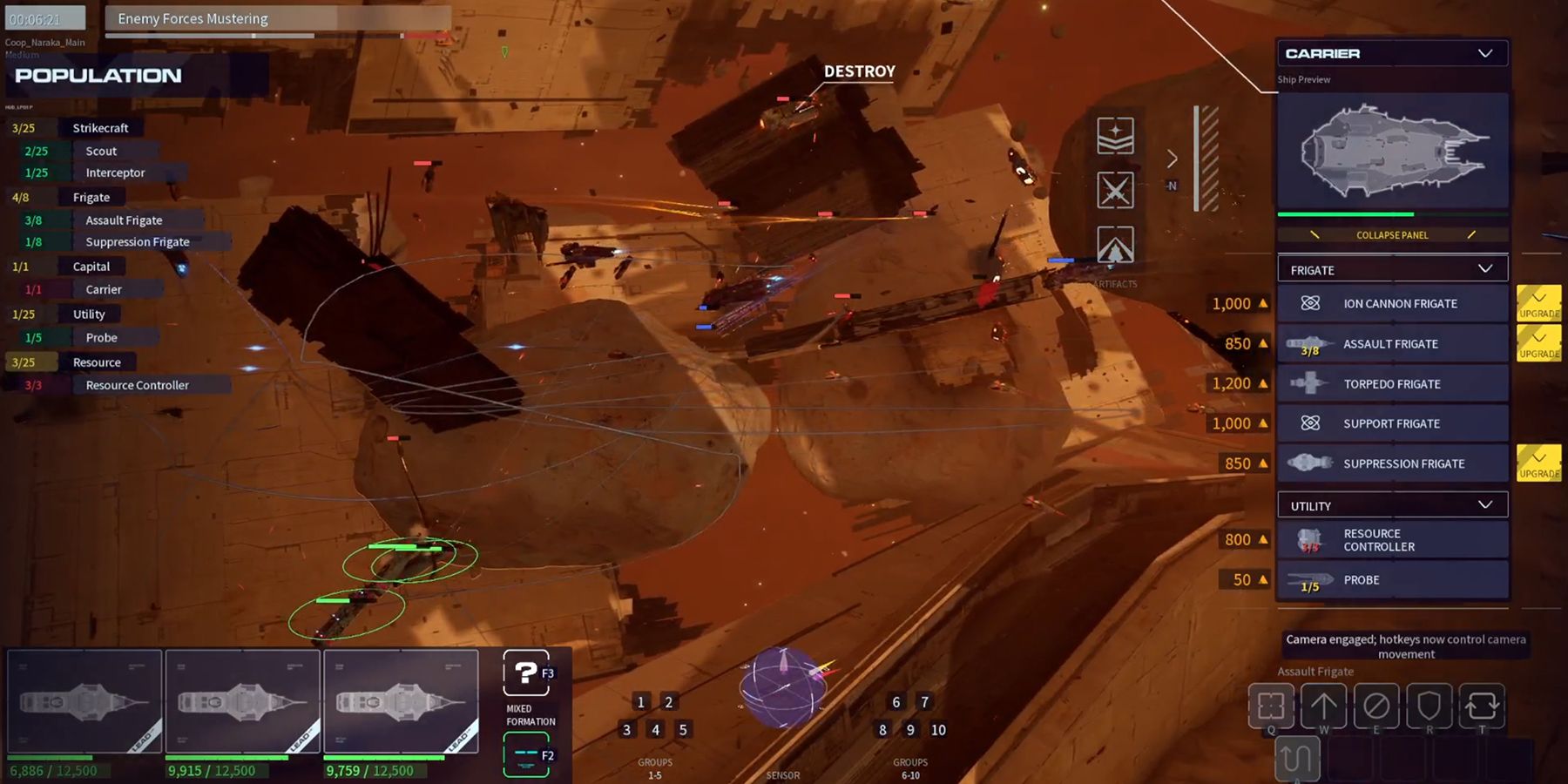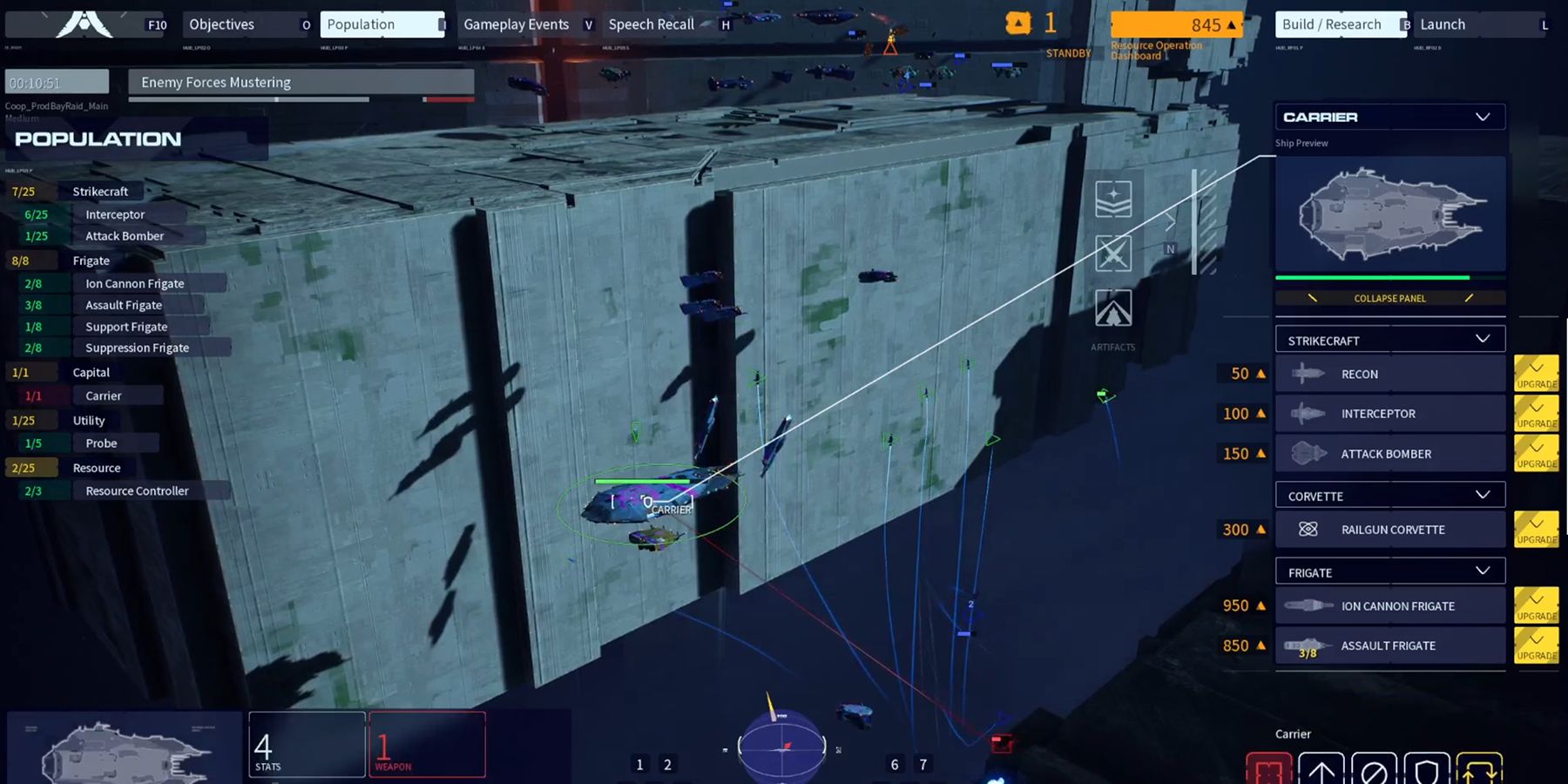Homeworld 3 is shaping up to be a worthy successor to the classic real-time space strategy series that redefined the genre back in 1999 with a number of new innovations. This time around, Homeworld 3 is building on the series' iconic six-degrees-of-freedom strategy by introducing a variety of functional terrain. With surprising ease, players can order ships to hide behind asteroids, cut through trenches within hulking space wrecks, or even take cover behind the broken husks of recently destroyed enemy craft.
In an interview with Game ZXC, Homeworld 3 Lead Designer Andrew Oatway talked about how he approached the game's level design with this unique cover system in mind, particularly when it comes to the endlessly replayable multiplayer and singleplayer roguelike War Games mode. He felt that it was critical to design levels that had believable terrain features that could emphasize strategic gameplay by allowing for multiple approaches to the mode's randomly generated mission objectives.
Homeworld 3's Cover System Is Both Cinematic and Strategically Meaningful
Although Homeworld and its sequel were revolutionary when it came to players' freedom of movement through the games' open levels, they lacked environmental features that might have encouraged more deliberate use of this unique verticality. Homeworld 3 has vastly improved on this shortcoming, populating levels with massive space hulks riddled with tunnels and angled surfaces that completely change the way players maneuver their fleets. The result is possibly the closest strategy gamers have ever gotten to a true recreation of the unforgettable Star Wars trench run.
In a lot of ways, Homeworld 3 is fulfilling promises that people were hoping to make with Homeworld 2 . Like, “Here's some cool space terrain, but you can’t fly to it.”
Now you can send strike craft through tunnels and you can do trench runs, and your Star Wars fantasies are unofficially supported. Having things that happen close to the terrain so you can set up ambushes so you can do strategy things with the AI – because that also makes the dopamine happen – has been a big part of things.
Navigating Homeworld 3's cover system is also delightfully straightforward in practice. Players can simply right-click at a location on a surface and their ships will take their positions around that cover object, allowing for rapid repositioning as fleets rush to flank one another around a large panel or an asteroid.
Homeworld 3's Terrain Completely Changes How Players Approach Mission Objectives
The terrain features presented a few challenges for Homeworld 3's developers when it comes to the War Games roguelike mode, as it was obviously important to consider that players would be replaying these levels frequently and with an unpredictable set of objectives. Oatway worked hard on populating each map with a variety of terrain setpieces with multiple approaches, and each run during Game ZXC's preview of the mode felt distinct with each new objective calling for a reassessment of the level's geometry.
When I'm placing potential locations where objectives can spawn, or if you have to ambush enemy transports, I try to make sure that those things happen near terrain, that where the enemy spawns is close to terrain, and I tell the player ahead of time, “Hey, enemies are going to come from here,” even if I don't specifically say shout at the player, “Hey, enemies are about to come from here in 10 seconds,” I tried to give you some hints like, “This is going to happen, this is going to be a combat zone soon,” or “This is where this escort is now, and this is where it's going.” And then you can put yourself in between those two points at an advantageous position.
It's been a lot of cramming more terrain in levels and hoping to create interesting chunks of a level and thinking, “Is this interesting? How many approaches are there to this point? Does this look Homeworld -y? Does it feel Homeworld -y?”
Some objectives require players to intercept a convoy of transports, and Homeworld 3's terrain made tackling these objectives feel much more strategically complicated than many past space strategy games. Rather than beelining to the transports in question, the team positioned their fleets throughout physical chokepoints in the terrain, setting up blockades along the convoy's path and flanking from multiple directions. Since every projectile is physically simulated in the game, the terrain also brought out some extremely cinematic encounters where frigates would pop out from behind cover to take a few shots before hiding from an incoming missile volley. So far, Homeworld 3 looks to be a worthy successor to the classics.
Homeworld 3 is scheduled to release on PC in February 2024.






